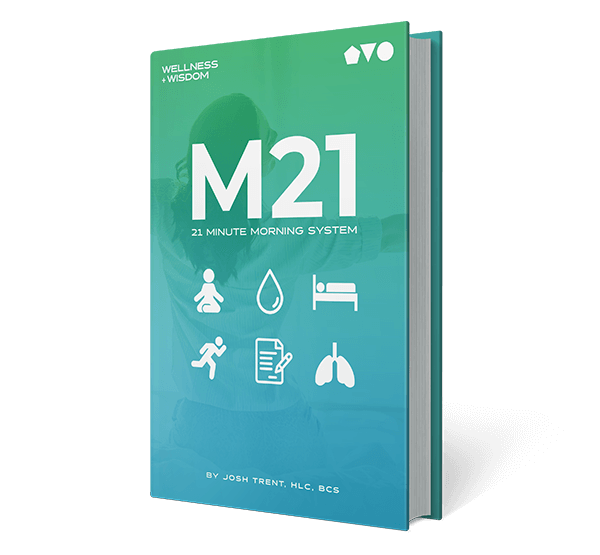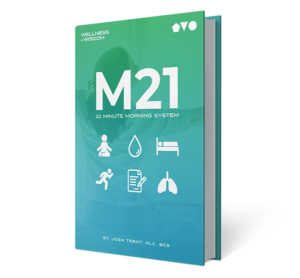The quest for effective weight loss solutions has led many to explore medications like dulaglutide and semaglutide. Both belong to the glucagon-like peptide-1 (GLP-1) receptor agonist class, originally developed for type 2 diabetes management. Their ability to aid in weight reduction has sparked significant interest among individuals struggling with obesity.
Research indicates that semaglutide demonstrates superior efficacy in weight loss compared to dulaglutide. A study published in the New England Journal of Medicine revealed that patients using semaglutide experienced more substantial weight reduction than those on dulaglutide. This difference may be attributed to semaglutide's higher potency and improved effects on insulin secretion and glucagon inhibition.
While both medications can contribute to weight loss, semaglutide for chronic weight management has gained particular attention. Healthcare providers may recommend higher doses of semaglutide, marketed as Wegovy, specifically for weight loss in patients with obesity. This targeted approach has shown promising results, with some individuals achieving up to 15% reduction in initial body weight over extended periods.
Table of Contents
Key Takeaways
- Semaglutide shows greater effectiveness for weight loss than dulaglutide
- Both medications offer benefits for type 2 diabetes management and weight reduction
- Healthcare providers may recommend specific formulations based on individual patient needs
Comparison of Efficacy in Weight Management
Semaglutide and dulaglutide have shown promising results in weight management for individuals with obesity or overweight. Both medications belong to the GLP-1 receptor agonist class and offer unique benefits in terms of weight reduction and metabolic control.
Mechanism of Action of GLP-1 RAs
GLP-1 receptor agonists like semaglutide and dulaglutide mimic the action of the naturally occurring hormone glucagon-like peptide-1. They slow gastric emptying, increase feelings of fullness, and reduce appetite. These medications also enhance insulin secretion and suppress glucagon release, improving blood sugar control.
The primary difference between semaglutide and dulaglutide lies in their molecular structure and duration of action. Semaglutide has a longer half-life, allowing for once-weekly dosing, while dulaglutide is also administered weekly but with a different pharmacokinetic profile.
Clinical Trial Outcomes and Weight Reduction
Clinical trials have demonstrated significant weight loss benefits for both medications, with semaglutide showing particularly impressive results.
In the SUSTAIN 7 trial, semaglutide outperformed dulaglutide in weight reduction:
- Semaglutide 1.0 mg: 6.5 kg weight loss
- Dulaglutide 1.5 mg: 3.0 kg weight loss
The STEP 1 trial focused on semaglutide 2.4 mg for weight management in non-diabetic adults:
- Average weight loss: 14.9% of body weight
- 86% of participants lost at least 5% of body weight
Dulaglutide has also shown efficacy in weight reduction, though to a lesser extent than semaglutide in comparative studies.
Side Effects and Patient Tolerance
Both medications share similar side effect profiles, with gastrointestinal issues being the most common:
- Nausea
- Vomiting
- Diarrhea
- Constipation
These side effects are generally mild to moderate and tend to decrease over time. Semaglutide may cause more pronounced gastrointestinal symptoms initially, but this can often be managed with dose titration.
Rare but serious side effects for both medications include pancreatitis and potential thyroid tumors. Healthcare providers should monitor patients closely and adjust dosing as needed to optimize tolerability and maintain treatment adherence.
Patient education on potential side effects and proper administration techniques is crucial for maximizing the benefits of these medications in weight management.
Practical Considerations and Healthcare Decisions
When choosing between dulaglutide and semaglutide, patients and healthcare providers must weigh several factors. These include dosing regimens, impact on diabetes management, and financial aspects.
Dosage and Administration
Dulaglutide (Trulicity) is administered once weekly via subcutaneous injection. The standard starting dose is 0.75 mg, which can be increased to 1.5 mg if needed. Semaglutide is available in both injectable (Ozempic) and oral (Rybelsus) forms.
Ozempic is also given once weekly, starting at 0.25 mg and potentially increasing to 1 mg. Rybelsus is taken daily, with doses ranging from 3 mg to 14 mg.
Both medications require proper injection technique or tablet administration. Patients should follow their healthcare provider's instructions carefully to ensure optimal results and minimize side effects.
Implications for Type 2 Diabetes Control
Both dulaglutide and semaglutide effectively lower blood glucose levels and HbA1c in patients with type 2 diabetes. They stimulate insulin production and reduce glucagon secretion, improving glycemic control.
Studies suggest semaglutide may be slightly more effective at lowering HbA1c. However, individual responses can vary. Both medications carry a low risk of hypoglycemia when used alone.
The FDA has approved both drugs for cardiovascular risk reduction in type 2 diabetes patients with established cardiovascular disease. This additional benefit can be crucial for long-term health outcomes.
Cost, Insurance Coverage, and Accessibility
The cost of dulaglutide and semaglutide can be significant without insurance coverage. Many insurance plans cover these medications, but copays and deductibles may apply.
Manufacturers offer patient assistance programs and savings cards to help reduce out-of-pocket expenses. Eligibility criteria and benefits vary.
Generic versions are not yet available, which can impact affordability for some patients. Healthcare providers should discuss cost considerations and explore available options to ensure treatment adherence.
Accessibility may also depend on local pharmacy availability and insurance formularies, and you can also buy semaglutide online. Some patients may find one medication easier to obtain than the other based on these factors.
Conclusion
Semaglutide and dulaglutide are both effective GLP-1 receptor agonists for weight loss in patients with type 2 diabetes or obesity. Clinical trials have shown semaglutide to produce greater weight reductions compared to dulaglutide at standard doses. However, higher doses of dulaglutide may provide comparable results to semaglutide.
The choice between these medications should be individualized based on patient factors, side effect profiles, and cost considerations. Both drugs offer the convenience of once-weekly dosing and have demonstrated significant benefits for weight management when combined with lifestyle modifications.









